5 Ways To Upgrade Your Outdoor Plant Game This Spring and Summer
Get a green thumb with top tips from a plant-growing expert.
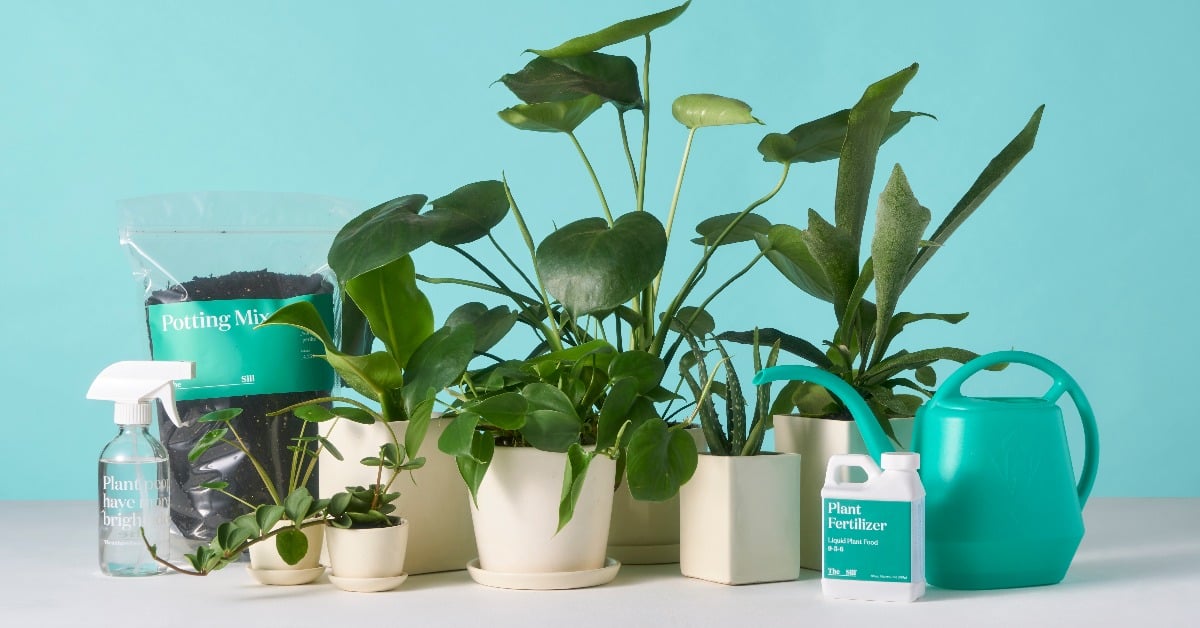
If you’ve been growing your plants indoors, now is the time to take advantage of the spring and summer growing season outside and elevate your plant game. We tapped TheSill.com‘s Plant Education Coordinator Paris Lalicata to share some essential tips for ensuring that your houseplants will thrive this spring and summer outdoors.
1. Bring Your Indoor Houseplants Outside
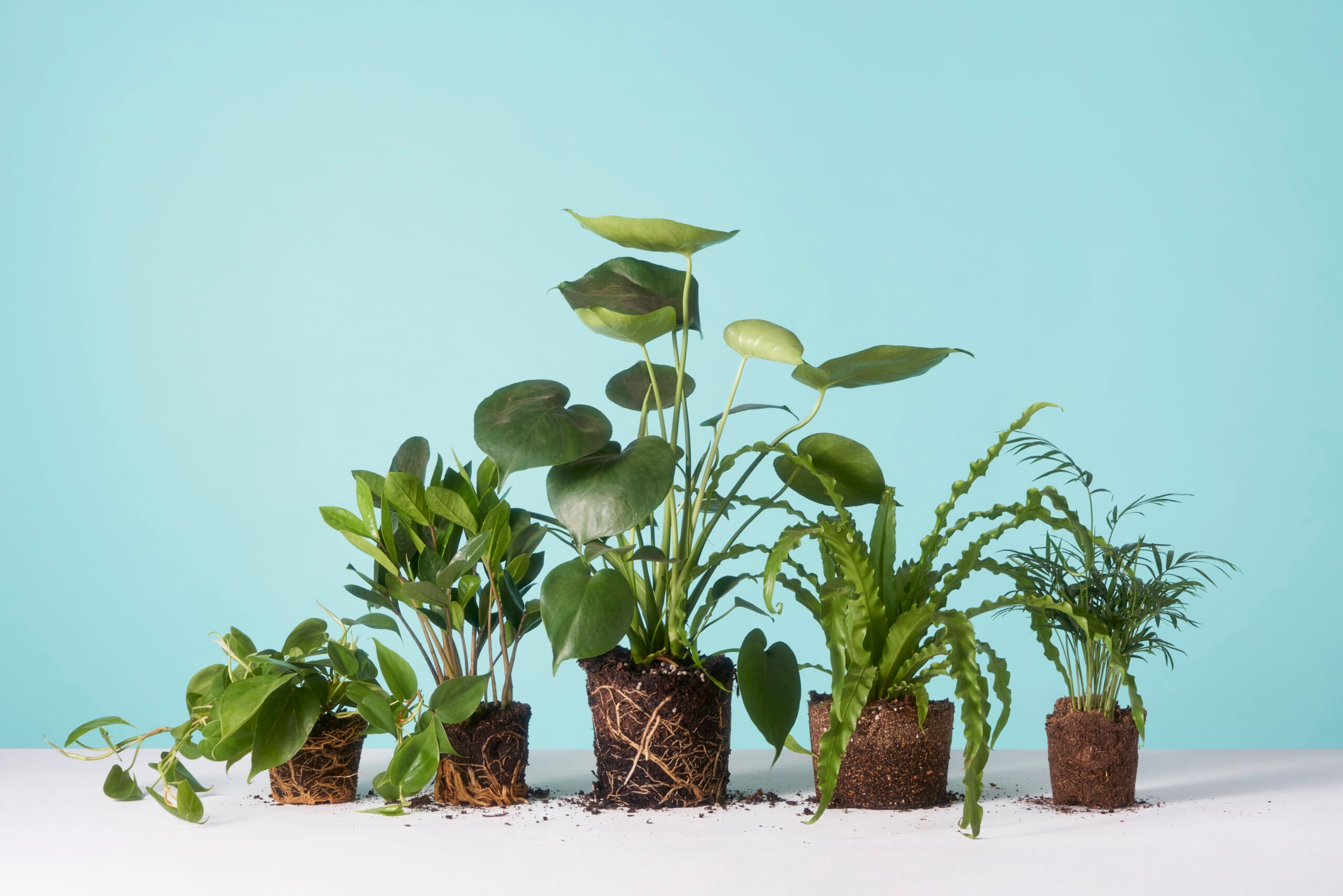
“Bringing your indoor houseplants outside for the spring and summer months is a great way to bring life to an outdoor space, patio, or balcony,” Lalicata says. “In order to do so without causing your houseplants shock, it’ll be best to gradually introduce the extra light outside provides for the plants based on their individual needs.
“Any plants that can’t withstand direct sunlight should be placed in a fully shaded area. While those that can tolerate a few hours of direct sunlight to full sun should be placed in full shade to start, then gradually increased to partial shade or full sun area. It’s important to remember that outdoor light is stronger than indoor light. For example, a plant you kept in direct light inside can be scorched by direct light outside. Gradually expose your plants to brighter conditions to help to prevent scorching, leaf drop, and wilting.”
2. Watch Them Thrive
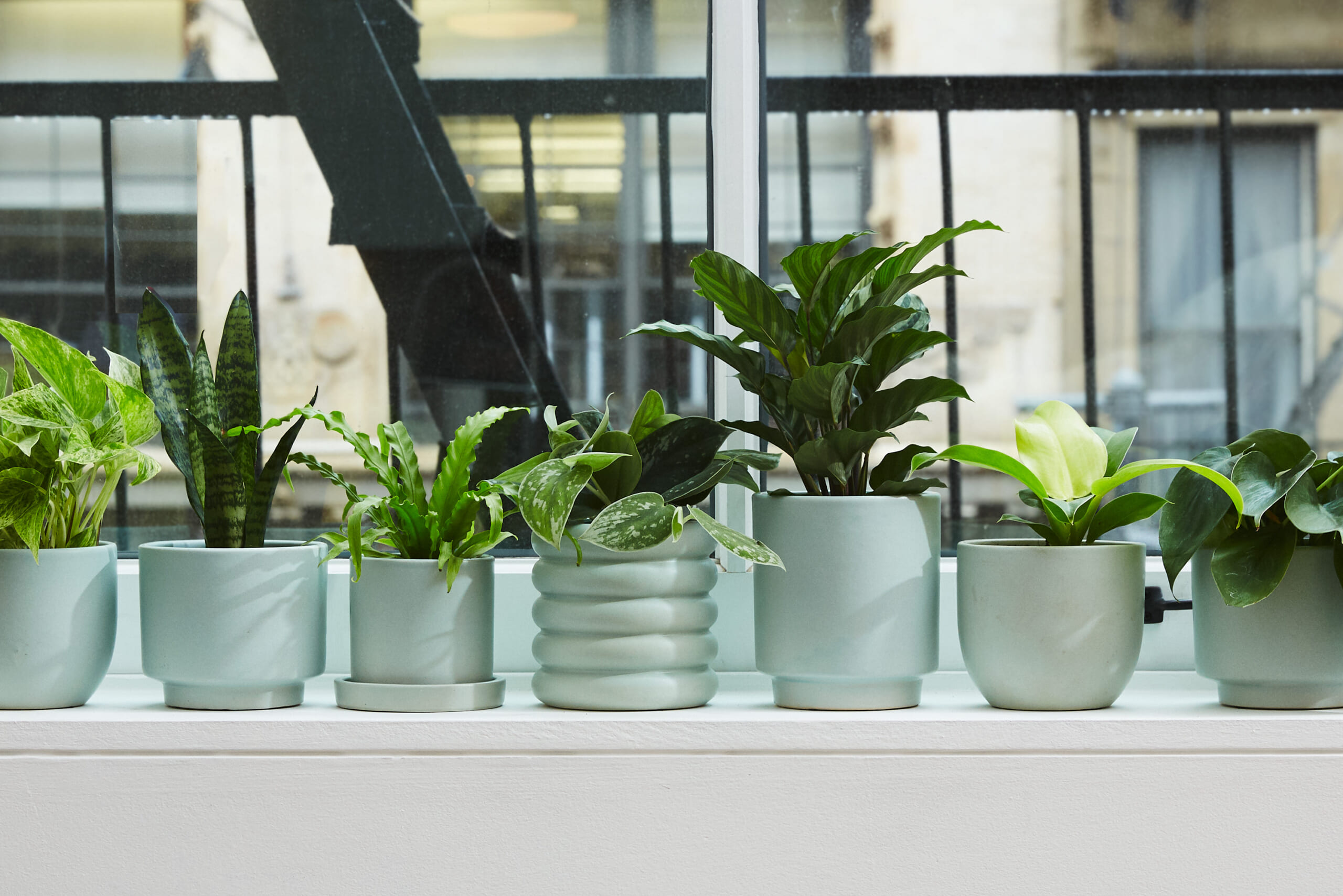
“Moving houseplants outdoors also helps them to grow more vigorously, and can even induce blooming due to the warmer temperatures and brighter light conditions. That combined with light pruning can help a sparse plant become bushier and happier by summer’s end. The colors on variegated and pigmented plants can become enhanced and more predominant on new growth developing.”
3. Water and Monitor Your Plants
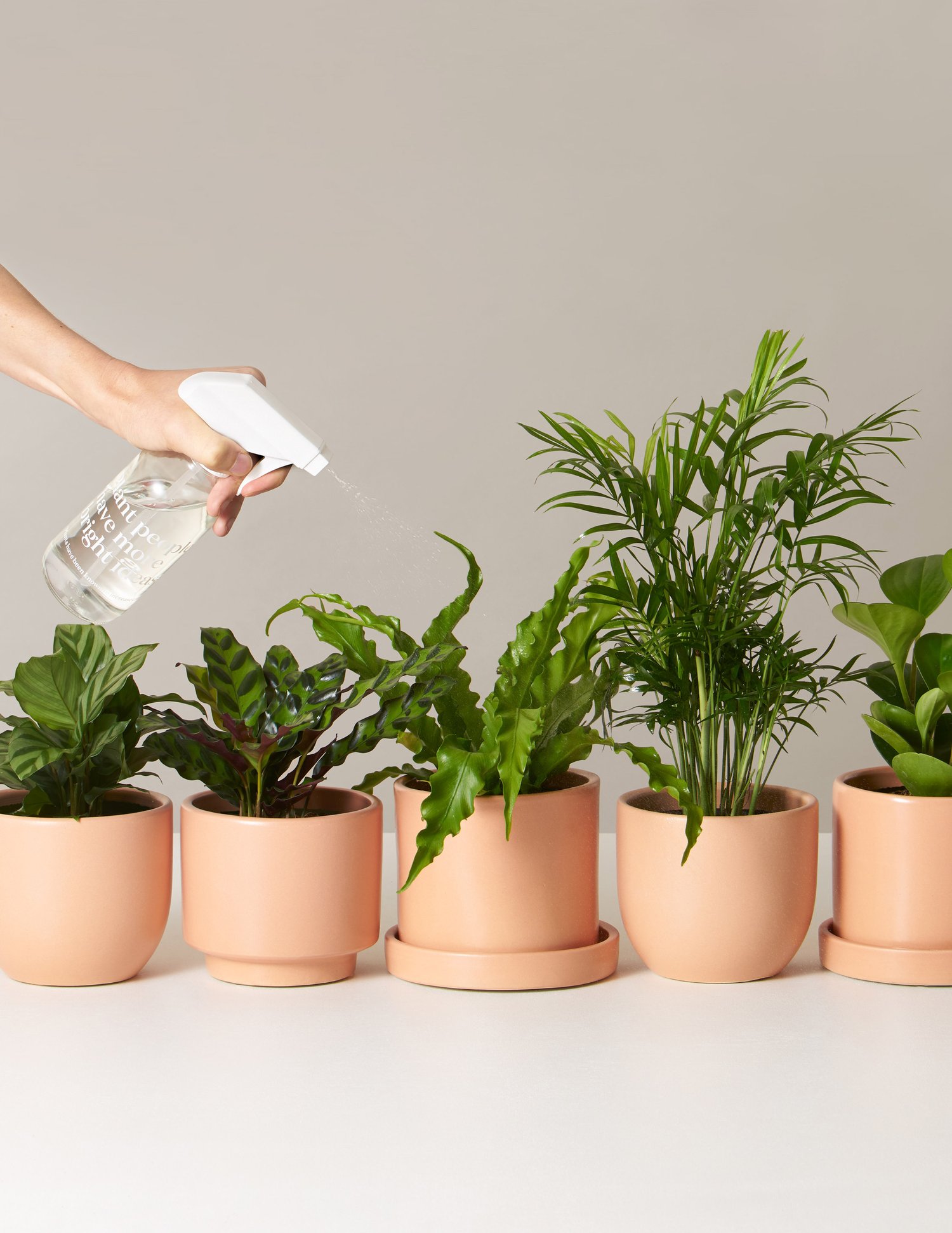
“With the increased light and temperatures means we will see ourselves watering our plants more outdoors than we did when they were inside. Be sure to check in on your plants every other day to ensure they are watered accordingly, and look out for signs of dehydration stress like wilting, curling, and drooping.
“Another thing to consider is making sure any plants that are placed outdoors are in containers that have a drainage hole. This helps to prevent moisture from accumulating in the planter that can lead to overwatering and potential root rot.”
4. Know Your Patio Plants
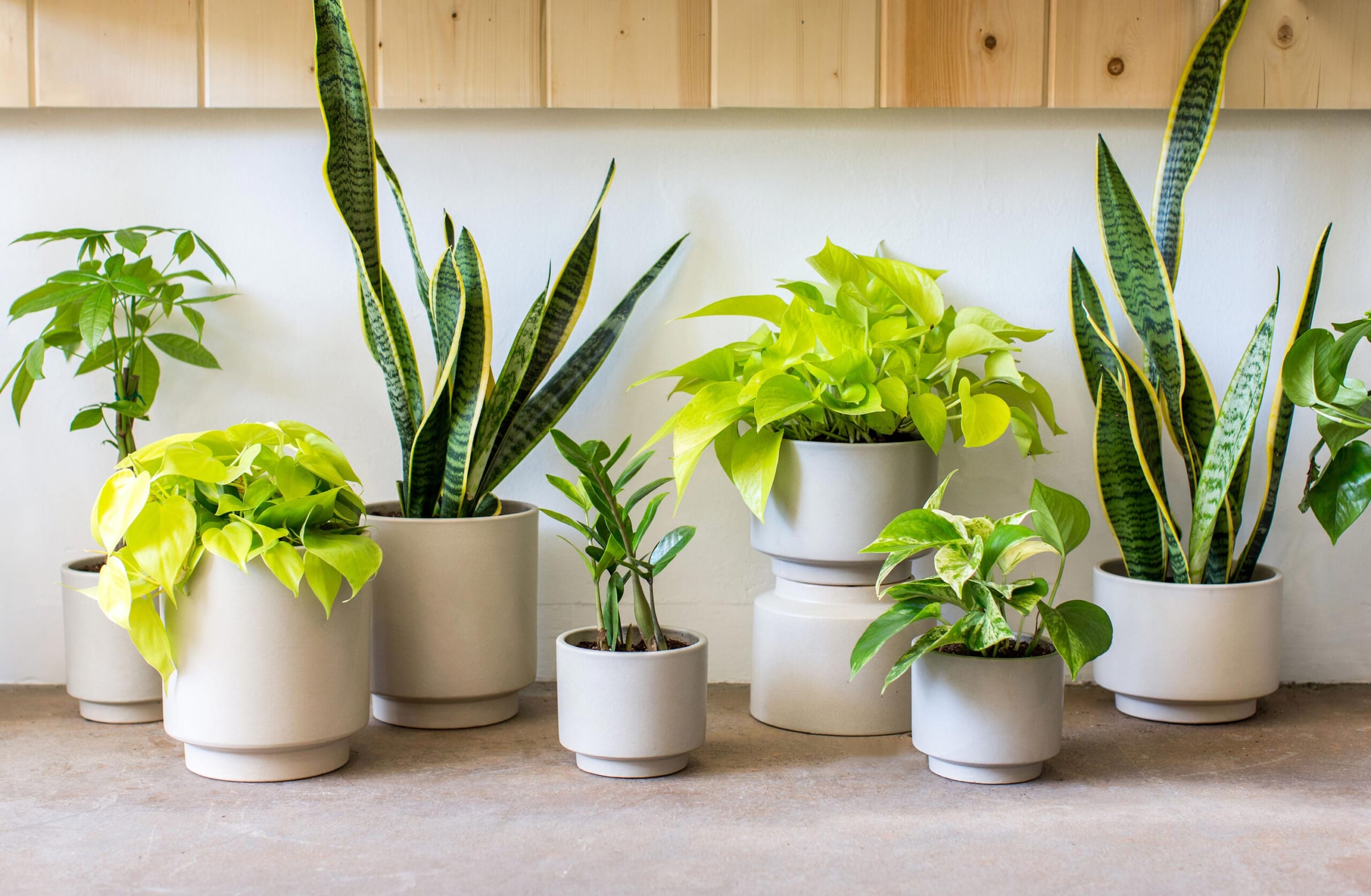
“All houseplants can be moved outdoors as long as they have the correct lighting and temperatures (above 60 degrees). Examples of houseplants that would work great as patio plants can include the Bird of Paradise, Fiddle Leaf Fig, Schefflera, Cordyline, Cacti, Majesty Palm, or even the ever-popular Snake Plant. Outside can also be a great space to start your own herb and veggie garden if your patio space is exposed to full sun conditions.”
5. Build It Out
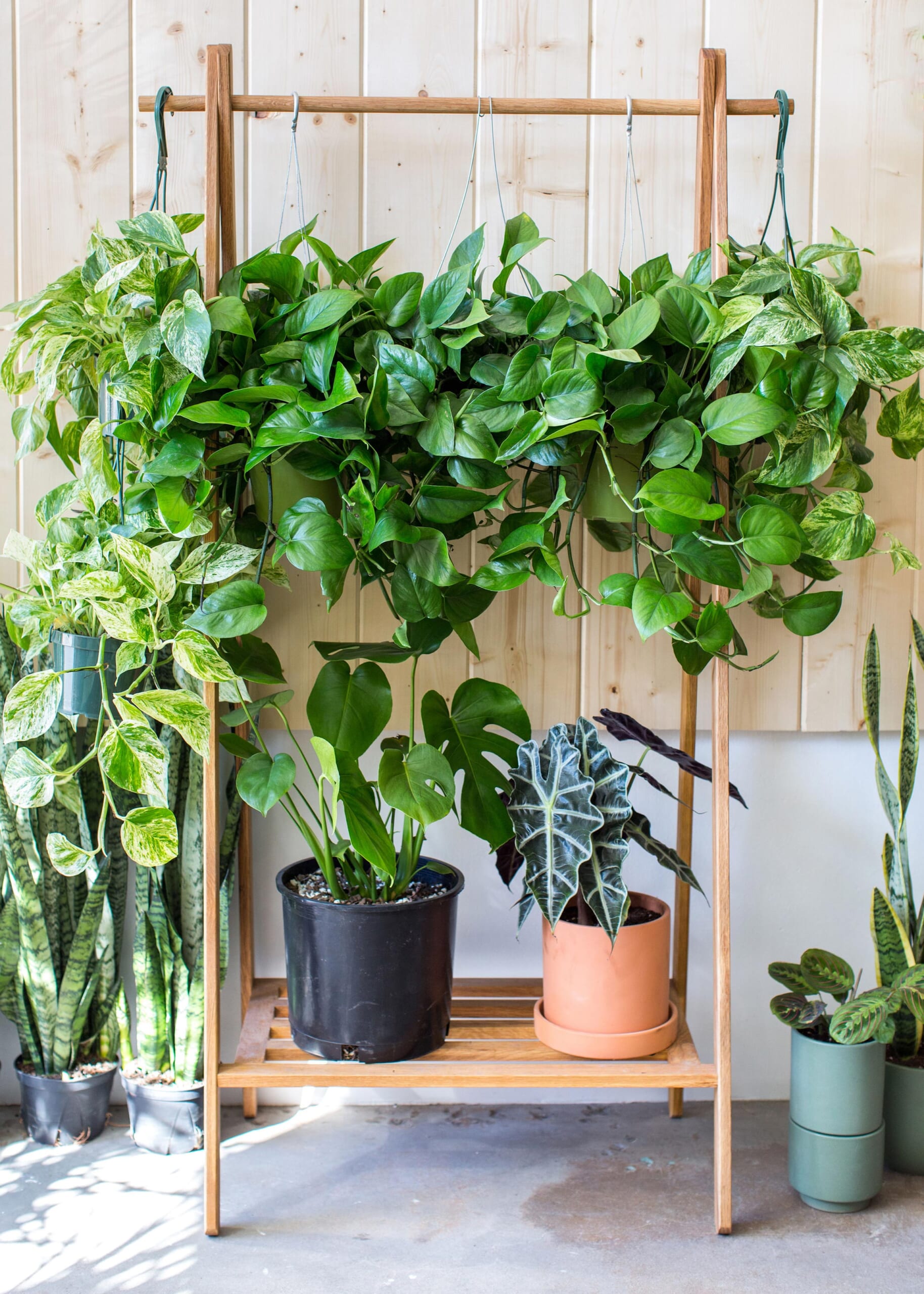
“Don’t hesitate to elevate your outdoor garden game with fun DIY projects and elements you can add to your plants to create dimension. Trailing or climbing plants can be trained on topiaries and trellises to add design as well as privacy, or utilize wall planters to create a living wall. Epiphytic plants can be mounted or hung as Kokedamas, and desert lovers can even create succulent wreaths.”
https://www.instagram.com/p/COOA_b8BWj4https://www.instagram.com/p/CNqArm-lbahhttps://www.instagram.com/p/CODSL0xNQuC
